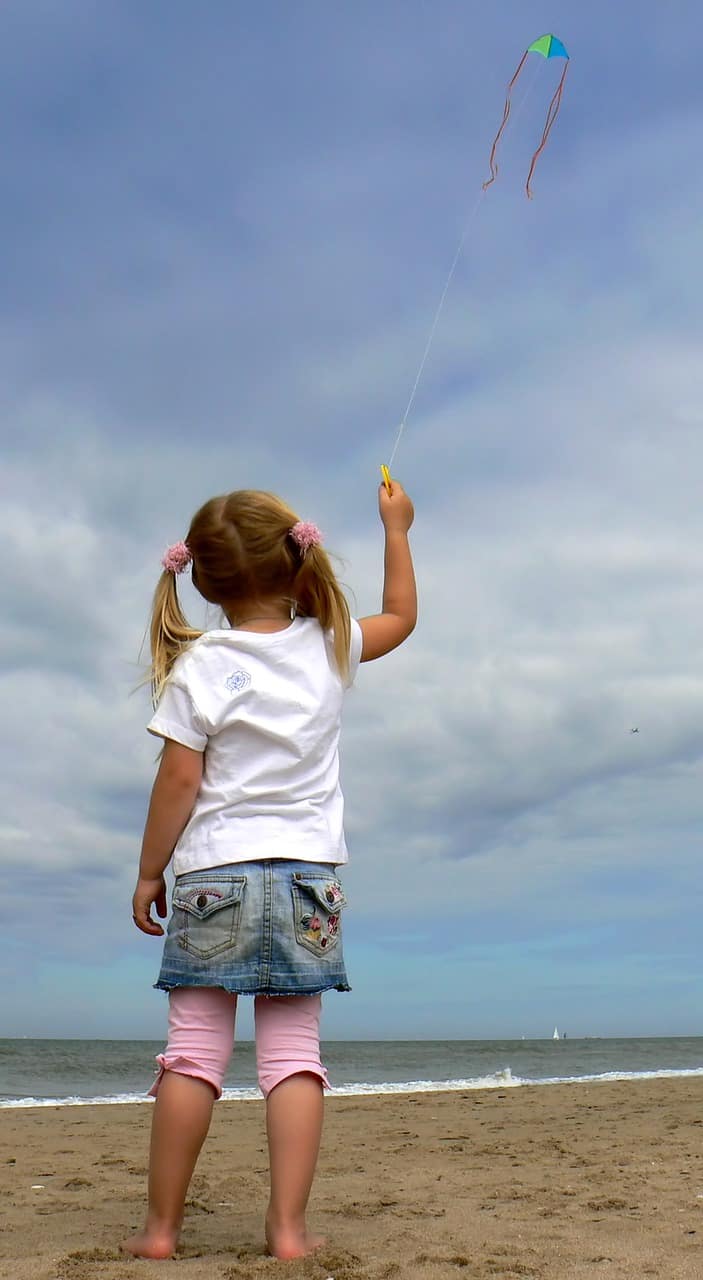Last Updated on February 20, 2025 by ellen
Kite flying safety rules are just as important as the type of kite you choose. Have you ever seen a kite stuck in power lines? Check out these tips
Posts may be sponsored. This post contains affiliate links, which means I will make a commission at no extra cost to you should you click through and make a purchase. As an Amazon Associate I earn from qualifying purchases.

Check out more of my family fun articles.
Table of Contents
Don’t Get Your Kite Stuck in Power Lines
This is a potential danger if you aren’t careful. Kite flying is a fun pastime for children, teens, and adults. Not only is it exciting to watch your kite fly high and sore with the wind, it can teach the basic principals of aerodynamics and weather. No one wants their fun afternoon outing with the kids to end up in an accident.
Now that may seem like a pretty obvious kite flying safety rule, but it’s something that happens more often than you might think. We don’t often pay attention to where the power lines are.
And, we often underestimate how high or far our kites can fly. Never fly near power lines. You should never touch the kite or the power line if that happens. You should call your local power company instead.
Can a kite string conduct electricity? Yes, it can.
This product presentation was made with AAWP plugin.
Kite Flying Safety Rules
So, where should you fly your kite? Don’t fly near power lines, roads, or airports. I choose a wide open area like a field, an empty parking lot, or a beach where there is nothing around for my kite to get stuck on.
If your kite gets stuck on something or the string gets tangled, it can not only destroy your kite but can cause property damage.

Weather Kite Flying Tips
Obviously, having a breeze will make flying your kite much more fun. Watching it dance around in the wind is exhilarating.
But, you never want to fly your kite when the weather is stormy. Remember Ben Franklin. Your kite can be struck by lightning and that string will bring it straight to you or your child.
A 20-pound line is suitable for the lightest winds. A 50-pound kite string is about average. Never let your child be in control of a kite that needs more than a 30-pound line.
This product presentation was made with AAWP plugin.
Watch Your Step
To get your kite up in the air, you’ll need to run with it. Always watch where you’re running. Before you begin, look for any holes, rocks or other things that you may trip on.
Be sure that you have a large unobstructed area to run with your kite. If your child is flying their kite, be sure their shoes are tied and that they are not running in bare feet.
Also, discuss the importance of not running towards the road. And, I shouldn’t need to explain the danger in flying kites on rooftops no matter how exciting it sounds.

Protect Your Hands
If you’ll be flying a kite with a heavy kite string, it’s important that you protect your hands from damage from the string if you get a strong wind.
So, it cannot hurt to get your child used to wearing gloves while they are flying their kite just in case.
Kite flying can be a fun family activity if you follow these simple kite flying safety rules. Check out these fire safety crafts for kids next.

Ellen is a mom of a 25-year-old son and 30-year-old daughter. She is Grandma to one adorable toddler. In what little spare time she has, she loves to read, watch movies, and check out the latest toys and games.



